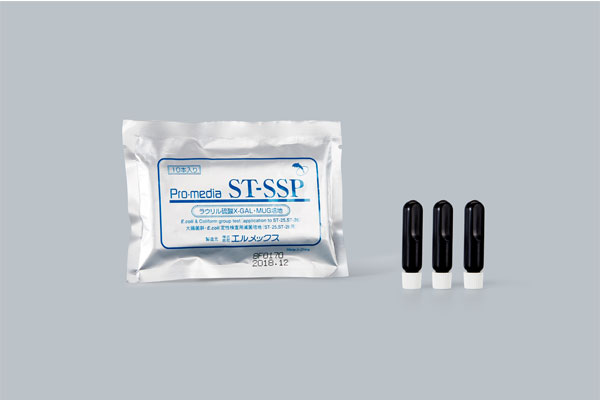Methods and Common Knowledge of Ordinary Culture Medium

مصنوعات کی وضاحت
Ordinary media in microbiology: a kind of artificial preparation, suitable for the growth and reproduction of microorganisms or the production of metabolites, or for other mixed nutrients.
Characteristics: any culture medium should have the six nutrient elements needed by microorganisms and should be proportioned appropriately. Once prepared, it must be sterilized immediately.
Uses: promote the growth of microorganisms; accumulate metabolites; isolate microbial species; identify microbial species; count microbial cells; preserve microbial species; prepare microbial products.
General configuration steps of ordinary culture medium
1. Mix ingredients
Formula conversion → add a small amount of water (distilled water, natural water) into the container → weigh all kinds of drugs according to the formula (add in order) → add enough water (one medicine and one spoon, and immediately cover the bottle after taking the medicine).
2. dissolution
Starch dissolving: a small amount of cold water is mixed into paste
Heat and dissolve, especially the medium with agar must be boiled. The melting temperature of agar is 95-97 ℃ and it needs to be stirred while heating to prevent burning.
3. Adjust PH
Adjust the medium to the required value with 1n hydrochloric acid or 1n NaOH.
4. filtration
Filter paper or cotton. (sometimes it can be omitted)
5. sub package
Generally, the ordinary culture media are placed in a triangular flask or test tube for sterilization.
6. Packing
After repacking, plug the cotton plug, and wrap the cotton plug with kraft paper to prevent water from entering and wetting the cotton plug during sterilization.
7. sterilization
Carry out high-pressure steam sterilization according to the temperature and pressure required on the formula. If the sterilization temperature is too high, the nutrients will be destroyed and cultured. The sugar and amino acid in the ordinary culture medium will darken the colour of the medium.
8. pendulum
After sterilization, the tubes that need to be placed in an inclined plane should be placed in an inclined position while it is hot so that they will solidify into an inclined plane, accounting for about one second of the tube length.
9. storage
The ordinary culture media can be used without pollution after being placed at 30 ℃ for one day. It is generally wrapped with kraft paper and stored in 2-8 ℃ refrigerator for standby.
Configuration principle of Ordinary media in microbiology
1. Choose the right nutrients
Generally speaking, all microbial growth and reproduction need nutrient culture medium containing a carbon source, nitrogen source, inorganic salt, growth factor, water and energy. However, due to the complex types of microbial nutrition, different microorganisms have different needs for nutrients. Therefore, first of all, we need to prepare targeted culture medium according to the nutritional needs of different microorganisms.
2. appropriate concentration and proportion of nutrients
When the concentration of nutrients in the medium is appropriate, the growth of microorganisms can be good. When the concentration of nutrients is too low, it can not meet the needs of normal growth of microorganisms. When the concentration is too high, it may inhibit the growth of microorganisms.
3. PH control
The pH of the medium must be controlled within a certain range to meet the growth and reproduction of different types of microorganisms or the production of metabolites.
4. redox potential
Different types of microbial growth have different requirements on redox potential (f). Generally, aerobic microorganisms can grow normally when the F value is above + 0.1V, and it is suitable to grow normally when the F value is + 0.3V + 0.4V. Anaerobic microorganisms can only grow when the F value is below + 0.1V, facultative anaerobic microorganisms can breathe when the F value is above + 0.1V, and ferment when the F value is below + 0.1V.

